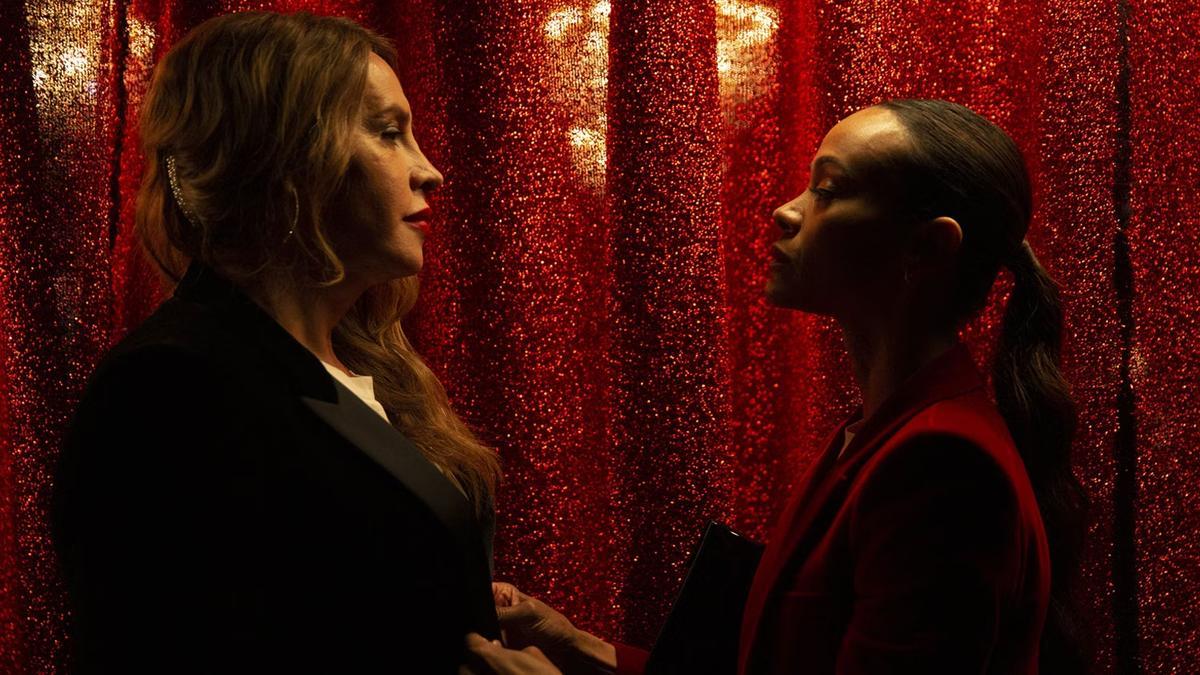
The immersive sounds of crashing waves greet visitors as they step into the DakshinaChitra Museum’s Moplah House in Chennai. “You’re surrounded by the build-up of the ocean’s roar, encapsulating you until it finally ebbs away,” narrates Parvathi Nayar, the mind behind ‘The Living Ocean’. This art exhibition stands out as a thoughtfully crafted gem, fusing the realms of art, science, and engineering to stunning effect, with an array of contributing artists.
At the heart of the exhibition is a documentary centered on an Urur Olcott Kuppam fisherman, S Palayam. This local seafarer has for half a decade diligently chronicled the nuances of the wind and waves – a personal ledger of the sea’s changing moods. He doesn’t speak of ‘climate change’ per se, but his observations speak volumes about subtle shifts he’s witnessed. “This man’s meticulous recording reflects a depth of artisanal knowledge often overlooked,” Parvathi explains, vocal about its importance to the broader climate change dialogue. “Sea-workers hold a critical knowledge that must be acknowledged.”
The seeds of ‘The Living Ocean’ were sown upon Parvathi’s discussions with Deborah Thiagarajan, DakshinaChitra’s director. The shared vision was clear: to create a lasting, informative, and visually engaging exhibit that would appeal to the museum’s visitors, many being tourists and students. Parvathi fashioned an experience spanning four rooms, each narrating stories of climate change’s multi-faceted impact on oceans and water bodies through visually compelling infographics, making the dissemination of information an aesthetic delight.
Though the exhibition navigates through the perils posed to the environment, it is imbued with optimism and dynamic energy. Hope comes alight within the interactive installation ‘Hope Is A Thing With Feathers’ by the Hashtag#Collective, starring endangered coastal birds of South India like the black-headed ibis and the greater flamingo. These avian forms flicker in and out of sight as attendees move around, coupled harmoniously with Madhu Viswanathan’s ‘Birdsong’ sound installations of calls from Chennai’s extended coastal avifauna. Furthermore, historical perspectives gleam through Mary Symonds’ reprinted watercolors, reviving glimpses of Chennai’s marine life in colonial times, while P Madhukar’s upcycled metal ghost crabs make a statement in ‘Ghost in the Shell’.
‘Art meets engineering’ is no hyperbole when it comes to ‘Ocean’s Breath,’ a breathtaking suspended piece born from Parvathi Nayar’s collaboration with Forms and Gears, a fixture manufacturing firm. “The intrigue of diatomes – the oxygen-bearing unicellular algae with striking silica shells – has fascinated me throughout my artistic journey,” shares Parvathi. The result of this collaboration is a mesmerizing ensemble of 10 diatomes of varying dimensions, looming overhead at 3.5 meters by 4 meters. This abstract portrayal seems to float within the ocean’s expanse, a nod to their natural milieu.
For Forms and Gears, this project marked their first venture into art fabrication across a history spanning 50+ years. Regi Mathew, a company partner, recalls the rigorous process: “From meticulously shaping diatoms to ensuring the structural integrity, the creation demanded an interplay of artistic ingenuity and engineering precision.” Persistence paid off, culminating in a work that symbolizes the collective effort – a harmonious labor of art and a testament to fighting climate change when synergies align.
‘The Living Ocean’ at DakshinaChitra Museum invites visitors to explore a realm where creativity and conservation converge. A permanent exhibit commencing from April 13, it stands as a testament to the possibilities that lie at the intersection of cross-disciplinary collaboration, education, and environmental activism.










